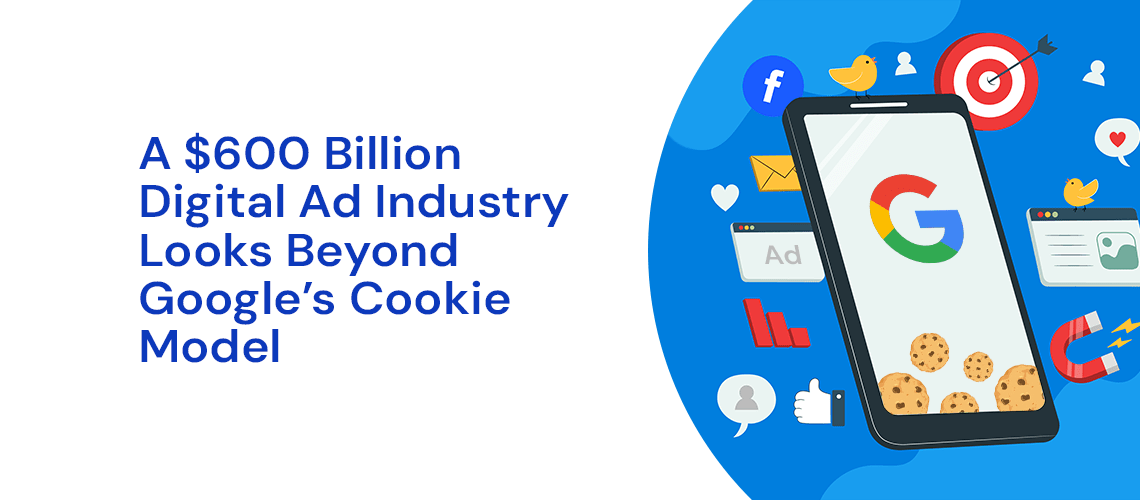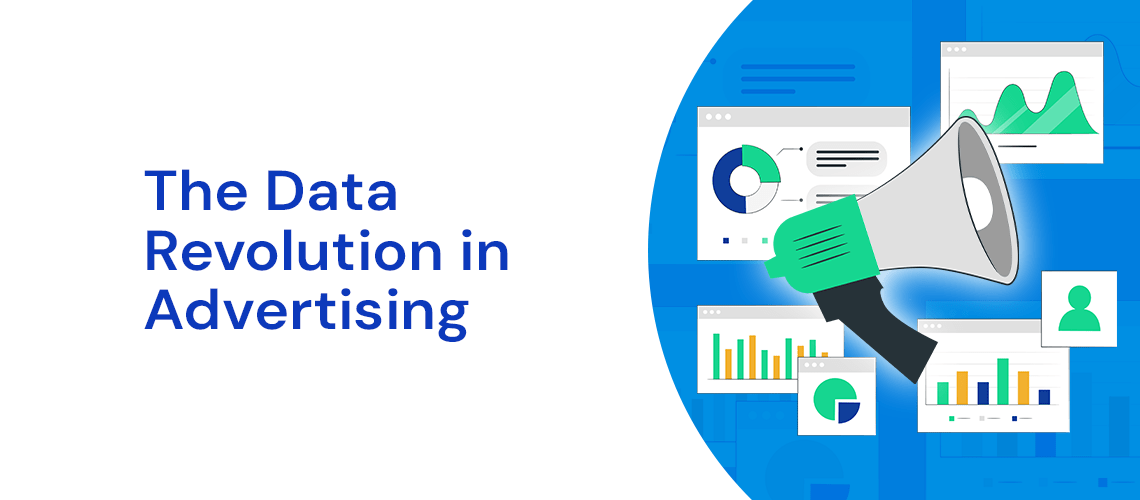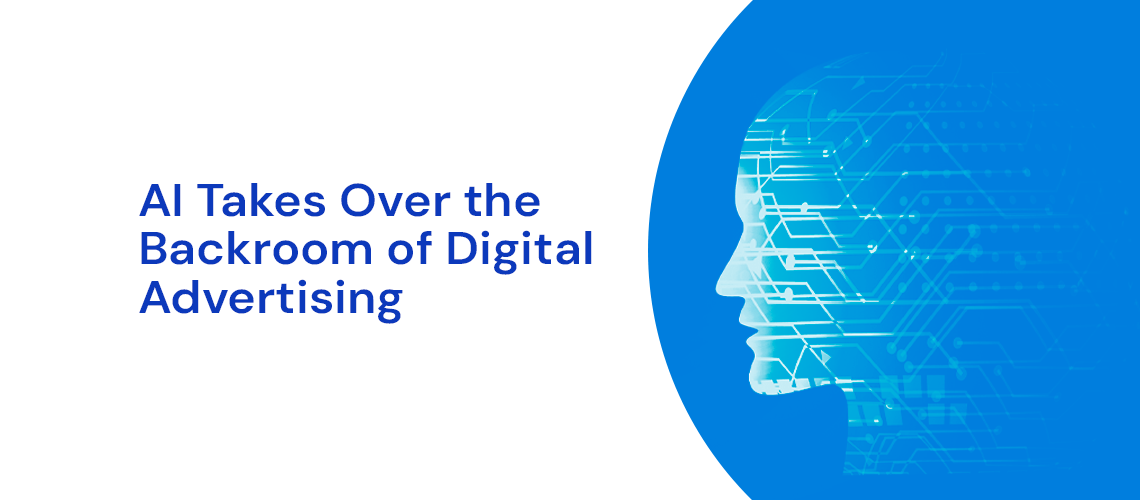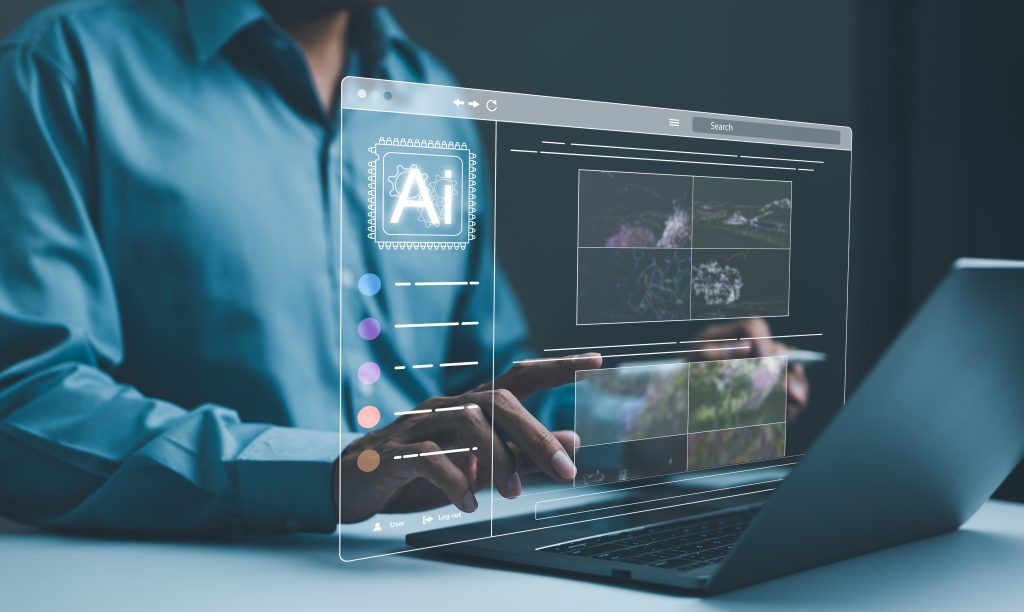
A $600 Billion Digital Ad Industry Looks Beyond Google’s Cookie Model
August 22, 2024
The Data Revolution in Advertising
October 31, 2024
It’s been 18 months since ChatGPT exploded upon the world, and the Generative AI movement has firmly moved into many parts of the advertising, marketing and media world.
The advertising industry is now implementing a range of AI tools - mostly to improve the way consumers are targeted by processing mounds of data via machine learning, and for the creation and production of video ads. Industry reports and surveys have confirmed this thesis.
Digital advertising platform MediaOcean has just released research which shows that it is the engine of advertising that is being transformed.
“The most prevalent applications of AI continue to be data analysis and market research, with 45% and 40% of use cases, while copywriting and image generation hold a 27% and 22% share respectively," the MediaOcean report said. “While the latter certainly holds the most promise for marketers in terms of unlocking more efficient creative production, adoption will continue to follow responsible training and application of Large Language Models (LLMs).”
The digital ad platform provider surveyed more than 1,200 customers and partners, including marketers and agencies, but also included perspectives from media companies, measurement firms, tech platforms, and other industry players. MediaOcean said it also found Generative AI is being used to synthesize data sets and enable natural language prompts to query large databases, and these initiatives are paying strong dividends for marketers.
“Looking ahead, ad tech platforms are investing heavily in Gen AI applications for creative development, audience, insights, and media decisioning. As these technologies continue to undergo rapid and unprecedented advancements, the range of applications—and speed of adoption—will accelerate. The growing integration of AI across various facets of advertising—from creative production to campaign analytics—signals a shift towards more efficient, targeted, and impactful advertising strategies.”
The research also confirms that some of the gloss has come off AI, and the top consumer technology trend is Connected TV, or video streaming. “Clearly Gen AI remains an important innovation driver for marketers but perhaps some of the initial buzz has subsided as practical use cases are implemented.”
The Generative AI Boom

As Digiday reports, the future of the generative AI hype cycle is up in the air, especially after a report from Goldman Sachs questioning the actual value of AI tools, and the promise that AI technology would make marketers’ jobs easier and more efficient.
“The jury is still out on this promise as generative AI remains in the nascent stage, and faces challenges with things like hallucinations, biases and data security,” noted Digiday. The publication added that “for all the hullabaloo around generative AI, everything is still in testing mode, according to agency executives. It’s especially important to consider that some AI efforts are based around generating quick headlines or making the C-suite happy by quelling their fears of missing the boat on generative AI.”
Last year, $50 billion was invested in the AI market, globally. The race for supremacy has become even hotter as AI companies are collectively planning to spend a trillion dollars on hardware and data centers, not to mention the billions of dollars raised to elevate data-driven advertising. Add in the AI search engine battle with Google, led by Open AI and Perplexity, and the competitive landscape is volcanic.
Back in the engine room of advertising, the AI Marketing Intelligence Institute says these are the some of the main benefits of AI: the allocation advertising budgets, both across channels and audiences, the adjustment of advertising budgets automatically to hit KPIs, finding new advertising audiences and conversion opportunities, predicting ad performance before launching campaigns, creating visual ad creative, and hyper-personalizing ad messages and images to individual consumers.
The advertising industry could be one of the biggest winners from AI, if it implements the technology expertly. Some analysts believe that the advertising industry could be in the top three of sector beneficiaries.
Investment bank UBS released a report in June, “Artificial intelligence: Sizing and seizing the investment opportunity”, where it is stated there have been successful proof points for using LLMs in the $667 billion digital advertising market. The bank predicts that digital advertising would be in the top three of industry application layers that benefit from AI, along with the AI personal assistant market, and customer service. The bank said that it expects AI to grow digital ad industry revenues, and enable it to increase its market valuation.
Artificial Intelligence will grow advertising

“In the medium to long term, AI should help grow revenues: With a conservative estimated penetrate rate of 13–15% of global advertising industry revenues, we expect the internet AI segment to report $100bn in revenues in 2027.
It added that while the AI monetization trends for the internet industry will likely evolve, the bank sees four broad ways that internet companies can monetize AI.
- The first way is via content creation, as we believe generative AI can help create new content across texts, images, videos, and other multimedia formats that can maximize revenues for internet companies. Early trends already indicate how AI-generated articles are being used by media companies and how AI=created images and videos are being used to display advertisements.
- Second, chatbots, which can provide nice subscription revenue streams, can be used to improve customer service and as a personal buddy/assistant (Character AI is one such popular paid chatbot today in the market).
- The third way is via personalized content, which can be used by streaming services as well as advertising companies to increase use engagement.
- And finally, predictive and other analytics can be used by digital media and e-commerce companies to roll out new products and services.
The investment bank summarized the likely near-term outcome as being positive for the advertising industry. This is despite considerable negative reports that generative AI is a bubble that has already burst.
”The integration of generative AI has just begun, and with promising new generative AI applications expected in 2H24, visibility on the internet industry’s ability to monetize should gradually improve. This in turn should also lead to a gradual rerating of the [advertising] industry,” UBS said.
For now, the ad agency and digital marketer world is focusing on finding specific gains in their own internal operations. That includes improved workflow, idea development, and personalization.
However, the biggest battleground for brands will be in finding new ways to create ideas that make them truly stand out from their rivals.
“If the cost of creative production goes to zero, then any brand can create the slickest, most perfect brand communications on every channel. And in that environment, you can see that the best and most compelling idea would cut through,” creative publication The Drum noted.
